Home>Garden Essentials>How To Lay Fake Grass On Decking
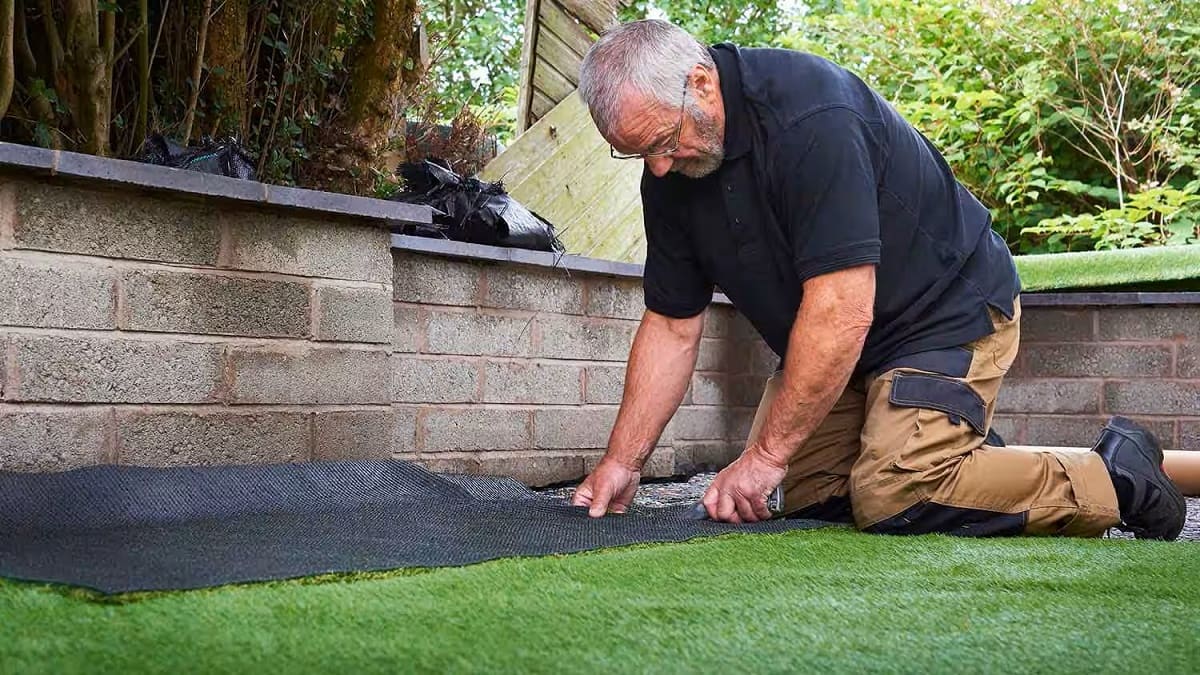

Garden Essentials
How To Lay Fake Grass On Decking
Modified: March 7, 2024
Learn how to transform your decking into a lush garden oasis with our step-by-step guide on laying fake grass. Create the perfect outdoor space today!
(Many of the links in this article redirect to a specific reviewed product. Your purchase of these products through affiliate links helps to generate commission for Storables.com, at no extra cost. Learn more)
Introduction
Gardens are a place of beauty and tranquility, providing a sanctuary where people can escape the hustle and bustle of daily life. However, not everyone has the luxury of a traditional garden space. For those with decking, creating a lush and inviting atmosphere can be a challenge. But fear not, because there is a solution – laying fake grass on your decking!
Artificial grass has come a long way in recent years, with advancements in technology making it virtually indistinguishable from the real thing. It offers all the benefits of a green, lush lawn without the need for constant maintenance and watering. By laying fake grass on your decking, you can transform a drab outdoor area into a vibrant and inviting space.
In this article, we will take you through a step-by-step guide on how to lay fake grass on decking. Whether you have a small balcony, a rooftop terrace, or a large entertainment deck, these simple steps will help you create a stunning garden oasis.
Before we delve into the process, it’s important to note that not all types of fake grass are suitable for decking. It’s essential to choose a product specifically designed for this purpose, as it will have a backing that allows for proper drainage. Additionally, ensure that your decking is clean and in good condition before proceeding. Now, let’s get started!
Key Takeaways:
- Transform your decking into a lush oasis by laying fake grass. Prepare the surface, measure and cut the grass, and secure it properly for a professional and low-maintenance garden-like space.
- Properly cleaning and securing your decking is crucial for a successful fake grass installation. Precise measurements, careful trimming, and regular brushing will keep your outdoor space looking vibrant and inviting.
Read more: How To Lay Fake Grass Down
Step 1: Prepare the Decking
The first step in laying fake grass on your decking is to prepare the surface. Start by removing any furniture or debris from the area to create a clean and clear space to work with. This will also allow you to thoroughly inspect the condition of the decking.
Take a close look at the decking boards and check for any loose or damaged areas. If you come across any, it’s important to address them before proceeding with the installation. Tighten any loose screws or nails and replace any damaged boards to ensure a stable and even surface for the fake grass.
Next, give your decking a good sweep to remove any dust, dirt, or leaves that may have accumulated. This will not only create a cleaner base but also help ensure better adhesion of the artificial grass later on.
If your decking has any gaps between the boards, fill them in with a gap-filling product suitable for outdoor use. This will prevent the fake grass from sinking into the gaps and ensure a smooth and consistent appearance.
Once your decking is clean and in good condition, you’re ready to move on to the next step in the process. Preparing the surface is crucial to achieving a professional-looking and long-lasting installation.
Step 2: Clean the Surface
After preparing the decking, the next step is to thoroughly clean the surface. This is essential to ensure proper adhesion of the artificial grass and a smooth installation.
Start by giving the decking a good wash using a mild detergent and water. This will help remove any dirt, grime, or stains that may have accumulated over time. Use a scrub brush or a pressure washer to thoroughly clean the surface. Pay special attention to areas that are prone to collecting dirt, such as corners and edges.
Once you’ve washed the decking, rinse it thoroughly with clean water to remove any soap residue. It’s important to let the surface dry completely before moving on to the next step. Moisture can interfere with the adhesive or double-sided tape, compromising the installation.
If you notice any stubborn stains that won’t come off with regular cleaning, you can use a deck cleaner or a solution of vinegar and water to tackle them. Follow the manufacturer’s instructions or mix vinegar and water in a 1:1 ratio and scrub the stains gently. Always test the cleaning solution on a small, inconspicuous area first to ensure it doesn’t damage the decking.
By thoroughly cleaning the decking surface, you’ll create a clean and smooth canvas for the artificial grass. This will not only enhance the overall appearance but also ensure a strong and secure bond when the grass is laid down.
Step 3: Measure and Cut the Artificial Grass
Now that your decking is prepared and clean, it’s time to measure and cut the artificial grass to fit your space. This step is crucial to ensure a proper and seamless installation of the fake grass.
Start by measuring the area where you want to lay the artificial grass. Use a measuring tape to determine the length and width of the space. It’s important to measure accurately to avoid any unnecessary wastage or gaps in the grass.
When measuring, leave a small gap, typically around 2-3 centimeters, along the edges of the decking. This gap will allow for any expansion or contraction of the fake grass due to temperature changes.
Once you have your measurements, roll out the artificial grass in the direction you want it to be installed. Use a utility knife or a carpet cutter to carefully cut the grass to the correct size. Take your time and make precise cuts to ensure a clean and professional-looking edge.
If you have multiple sections of grass that need to be joined together, make sure to match the pattern and pile direction for a seamless appearance. Use adhesive or joining tape to secure the edges of the grass together.
Remember to cut holes in the grass for any obstacles such as posts or trees that are present on your decking. This will ensure a perfect fit and a natural-looking installation.
Take your time with this step and double-check all measurements and cuts to ensure everything fits perfectly. This will save you time and frustration in the later stages of the installation.
Step 4: Apply Adhesive or Double-Sided Tape
With the artificial grass cut to the correct size, it’s time to secure it to your decking. One common method is to use adhesive or double-sided tape to ensure the grass stays in place.
If you choose to use adhesive, select a high-quality adhesive that is specifically designed for outdoor use. Apply the adhesive evenly to the decking, using a trowel or a notched spreader to create a thin and even layer.
For double-sided tape, use a strong outdoor adhesive tape that is suitable for artificial grass installation. Apply the tape along the edges and in the center of the decking, making sure it is firmly pressed down.
When applying adhesive or double-sided tape, be careful not to apply too much, as it may seep through the grass and become visible. Take your time and follow the manufacturer’s instructions for the best results.
It’s important to work in small sections, applying the adhesive or tape and immediately laying the artificial grass on top. This will prevent the glue from drying before you have a chance to secure the grass.
Continue to apply the adhesive or tape in sections, working your way across the decking until the entire area is covered. Make sure to press the grass down firmly, ensuring good contact with the adhesive or tape.
By using adhesive or double-sided tape, you’ll ensure a secure and long-lasting installation of the fake grass on your decking. This step is crucial for preventing the grass from shifting or lifting, especially in high wind areas or heavy foot traffic.
Before laying fake grass on decking, make sure the surface is clean and level. Use a weed membrane to prevent any growth underneath. Secure the edges properly to avoid any movement.
Read more: How To Lay Fake Grass On Concrete
Step 5: Lay the Artificial Grass
Now that the adhesive or double-sided tape is applied, it’s time to lay the artificial grass onto your decking. This step requires some precision and attention to detail to ensure a smooth and seamless installation.
Start by positioning one edge of the artificial grass onto the adhesive or tape. Slowly roll out the grass, making sure it aligns with the edges and any cutouts you made for obstacles. Smooth out any wrinkles or creases as you go along.
As you lay the grass, gently press it down onto the adhesive or tape, ensuring good contact and a secure bond. Use a broom or a brush to help smooth out the grass and remove any air pockets underneath.
Continue to unroll and lay the artificial grass, working your way across the entire area. Take your time to ensure each piece is properly aligned and tightly laid down.
If you’re working with multiple sections of grass that you need to join together, make sure the edges are tightly pressed together. Smooth out any visible seams or gaps to create a seamless and natural appearance.
Once the grass is laid out, double-check the alignment and overall appearance. Make any necessary adjustments before moving on to the next step.
Laying the artificial grass requires patience and precision, but the end result will be a beautifully transformed decking space that resembles a lush and inviting garden.
Step 6: Secure the Edges
With the artificial grass laid out, it’s important to secure the edges to ensure a neat and tidy finish. This step will prevent the grass from lifting or shifting over time and maintain a professional-looking installation.
One method to secure the edges is by using galvanized nails or staples. Start by folding the edges of the grass back and place the nails or staples along the edge, about 15-20 centimeters apart. Be careful not to drive the nails or staples too far into the decking, as this can damage the boards.
Alternatively, you can use plastic or metal edging strips specifically designed for artificial grass. Lay the edging strips along the edges of the grass and secure them to the decking using screws or nails.
When securing the edges, make sure they are pulled taut and smoothed out for a clean and seamless appearance. Check the alignment of the grass and make any necessary adjustments as you secure the edges.
In areas where the grass meets a wall or other vertical surface, use a trim strip or a flexible edge to create a smooth transition. This will give your installation a polished and professional touch.
Take your time with this step to ensure the edges of the artificial grass are securely fastened and look seamless. This will provide a finished look to your decking and enhance the overall aesthetic of your space.
Step 7: Trim the Excess Grass
After securing the edges of the artificial grass, it’s time to trim off any excess grass that extends beyond the desired area. This step will give your installation a clean and polished look.
Start by using a sharp utility knife or carpet cutter to carefully trim any grass that hangs over the edges of the decking. Make precise and clean cuts along the edge to create a straight and even line.
If you have any posts or obstacles in the decking area, cut the grass around them, ensuring a snug fit and a natural appearance. Take your time and make small, controlled cuts to achieve the best results.
When trimming the grass, be mindful of the pile direction and pattern to ensure a consistent and seamless look. Pay attention to any visible seams and make any necessary adjustments to create a smooth transition.
Once you’ve trimmed the excess grass, use a broom or brush to sweep the grass fibers in the opposite direction of the pile. This will help the grass blades stand upright, giving your decking a more realistic and vibrant look.
Take a step back and assess the overall appearance of the artificial grass on your decking. Make any final trimmings or touch-ups as needed to achieve the desired look.
Trimming the excess grass is a crucial step in creating a clean and professional-looking installation. It will make your artificial grass blend seamlessly with the decking and enhance the overall aesthetic appeal of your outdoor space.
Step 8: Brush the Artificial Grass
After the artificial grass is trimmed and perfectly in place, the next step is to brush the fibers. This will help the grass blades stand upright and create a more natural and well-maintained appearance.
Using a stiff broom or a specialized artificial grass brush, gently brush the grass fibers against the pile direction. This will help to fluff up the grass and remove any flattened areas caused during installation.
Continue brushing the entire surface of the artificial grass, paying special attention to high-traffic areas or any spots that may appear matted. The goal is to get the grass fibers standing upright for a lush and realistic look.
If you notice any debris or leaves trapped in the grass, use a leaf blower or a vacuum cleaner on a low setting to remove them. Regularly brushing and cleaning your artificial grass will help maintain its appearance and longevity.
It’s also worth mentioning that depending on the type of artificial grass you choose, periodic brushing may be necessary to maintain its appearance. This will prevent the fibers from matting and keep your decking looking fresh and vibrant.
A final tip is to brush the artificial grass in different directions to avoid a repetitive pattern and create a more natural look. This will give your outdoor space a convincing and visually appealing garden-like appearance.
By brushing the artificial grass, you’ll ensure it maintains its aesthetic appeal and looks well-maintained for years to come.
Read more: How To Lay Decking On Grass
Conclusion
Congratulations! You have successfully learned how to lay fake grass on your decking, transforming your outdoor space into a lush and inviting oasis. By following the step-by-step guide, you have created a beautiful and low-maintenance alternative to a traditional garden lawn.
Remember, the key to a successful installation is proper preparation, including cleaning and securing the decking surface. Accurate measurements and precise cuts of the artificial grass ensure a seamless fit, while securing the edges and trimming the excess grass give your installation a polished look.
Brushing the artificial grass helps maintain its appearance and keeps it looking vibrant and natural. Regular maintenance, including brushing and cleaning, will help extend the longevity of your artificial grass and keep it looking its best.
Whether you have a small balcony or a spacious deck, laying fake grass can completely transform your outdoor space and provide a year-round green haven. Enjoy the benefits of a beautiful lawn without the hassle of constant mowing, watering, and maintenance.
So go ahead, gather your tools and materials, and get started on your fake grass installation project. Once complete, sit back, relax, and enjoy the beauty and comfort of your new garden-like decking area.
Remember to choose high-quality artificial grass specifically designed for outdoor use on decking, as this will ensure a durable and long-lasting installation. Happy landscaping!
Frequently Asked Questions about How To Lay Fake Grass On Decking
Was this page helpful?
At Storables.com, we guarantee accurate and reliable information. Our content, validated by Expert Board Contributors, is crafted following stringent Editorial Policies. We're committed to providing you with well-researched, expert-backed insights for all your informational needs.
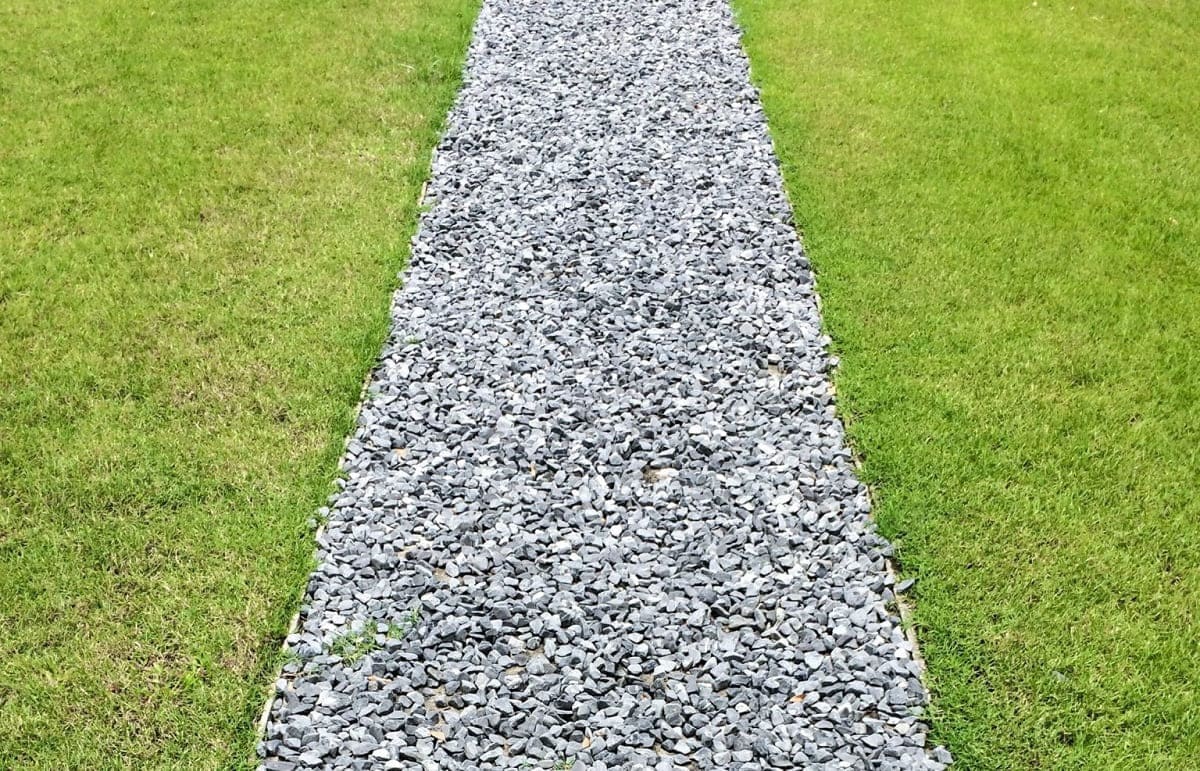
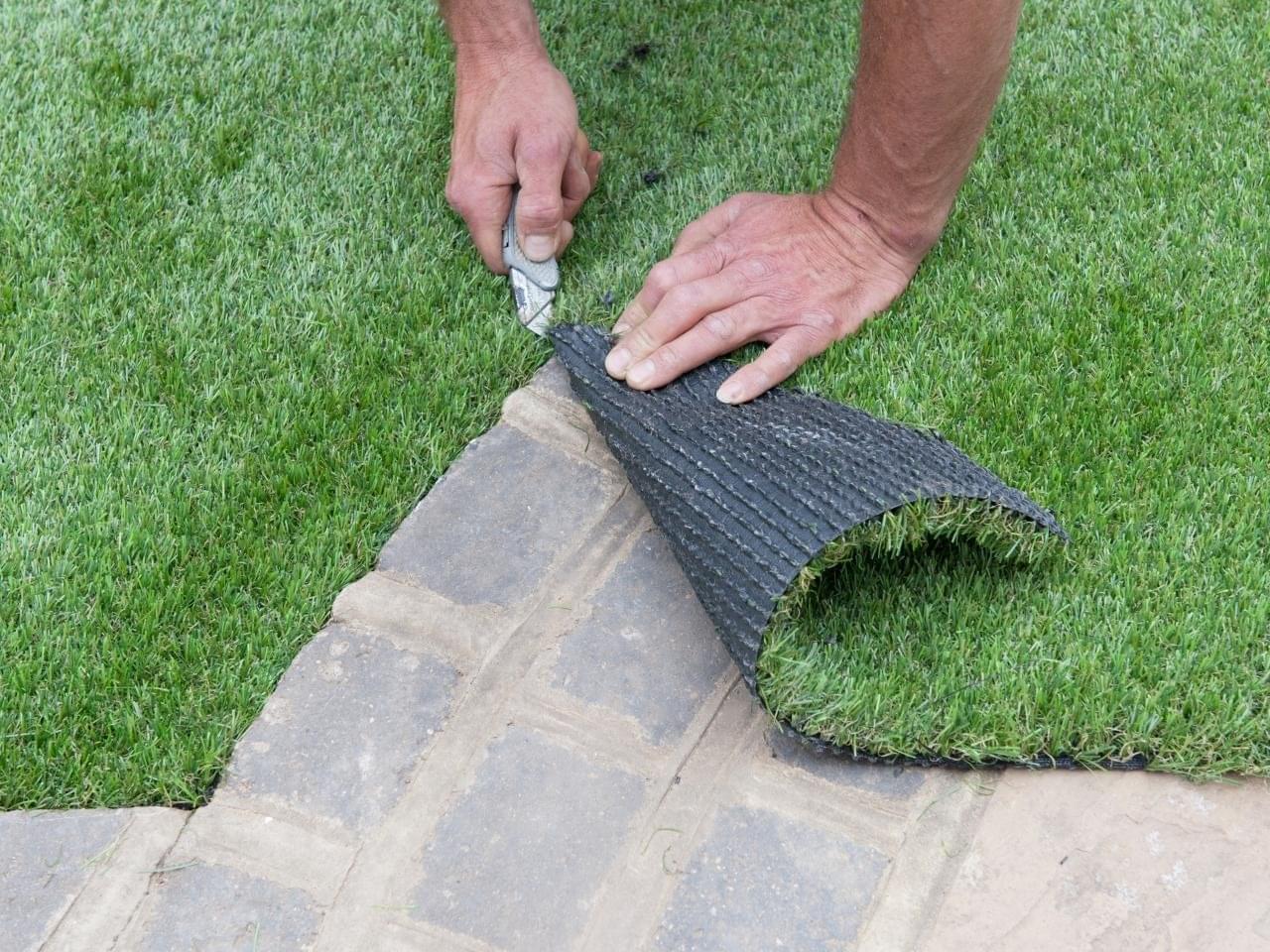
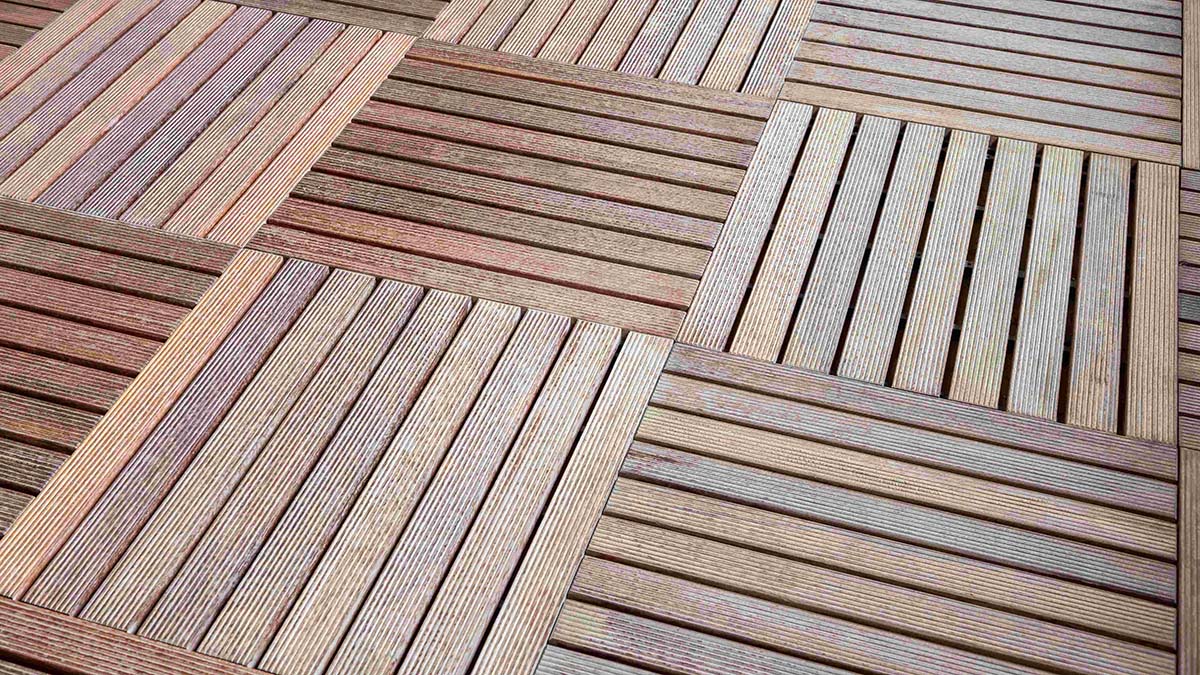
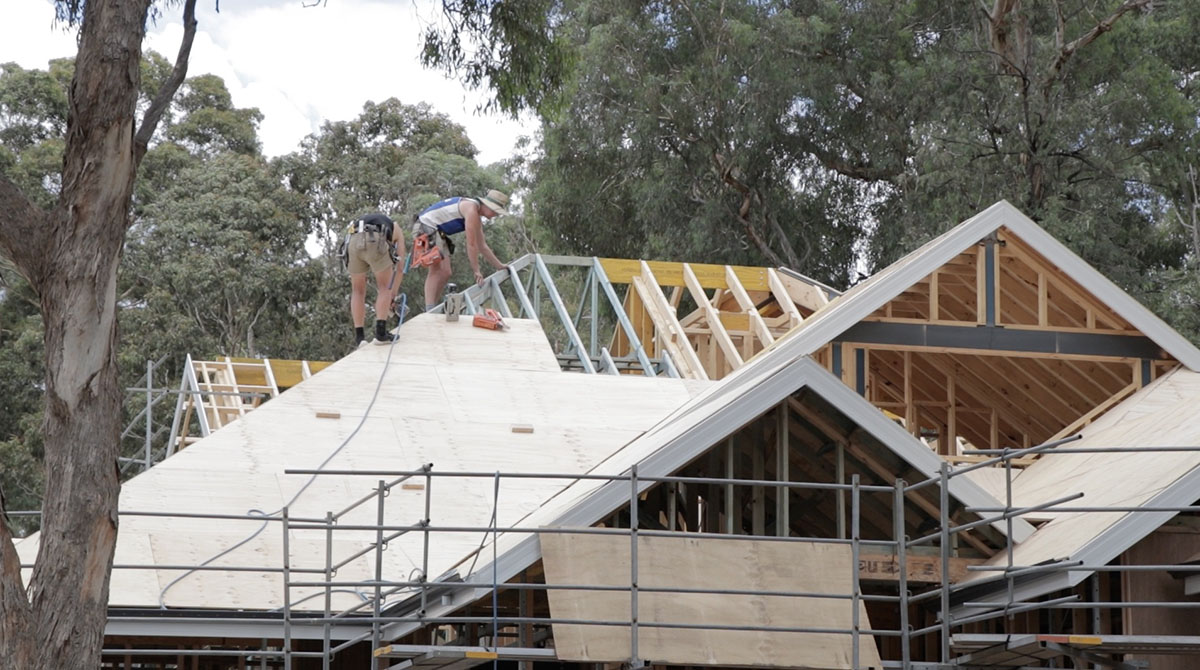
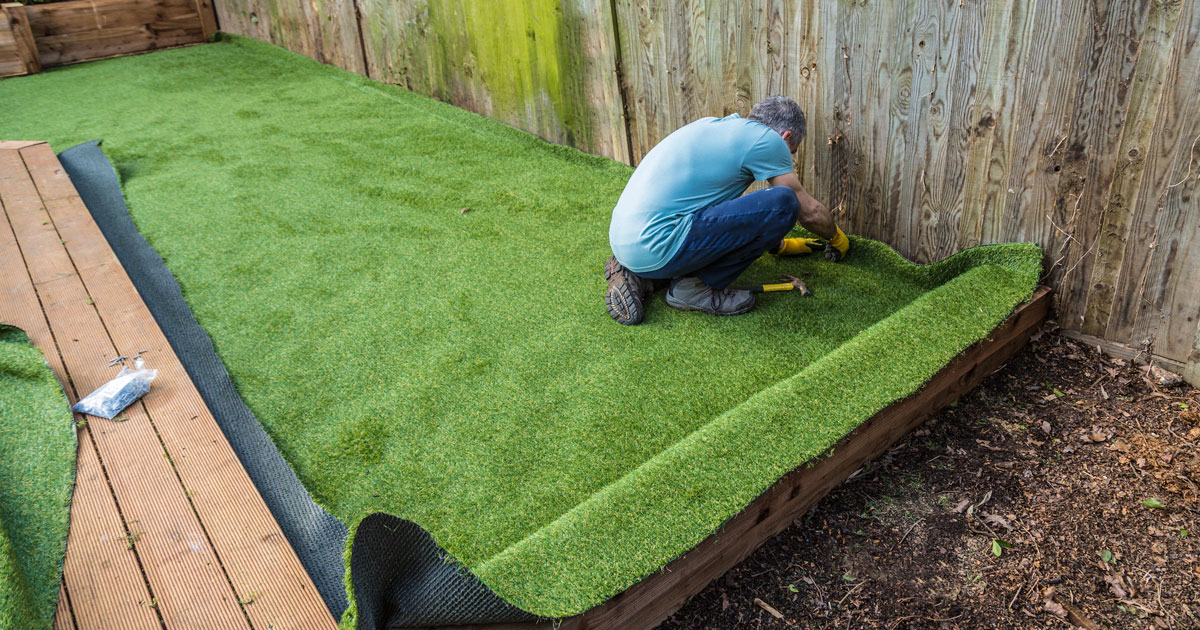
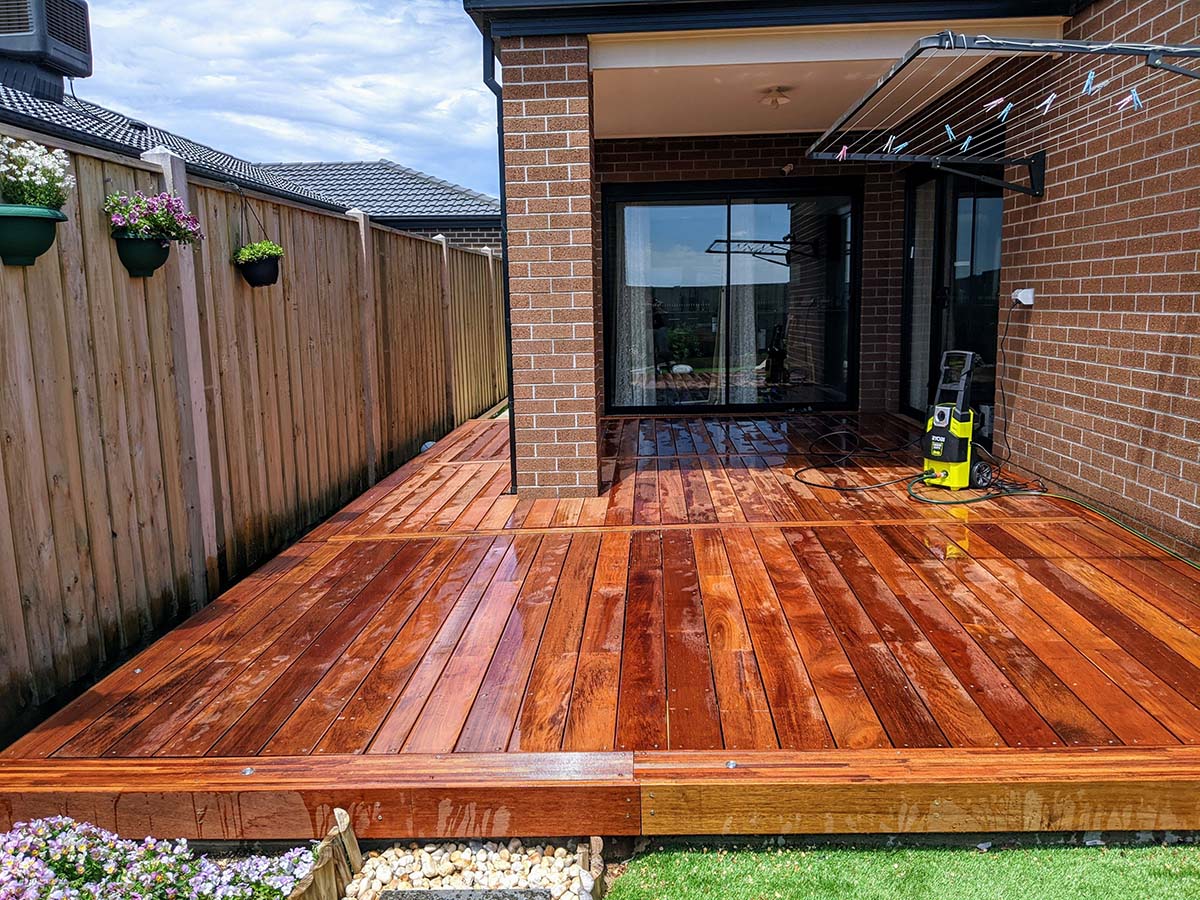
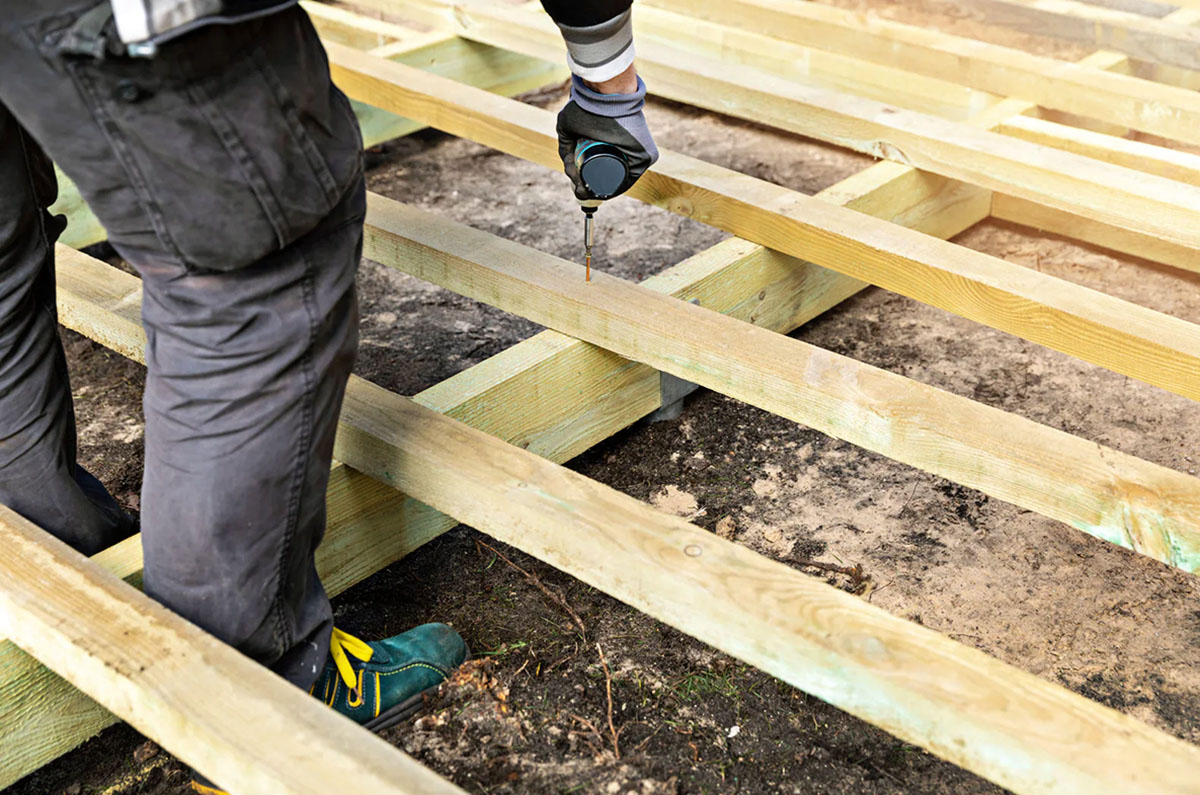
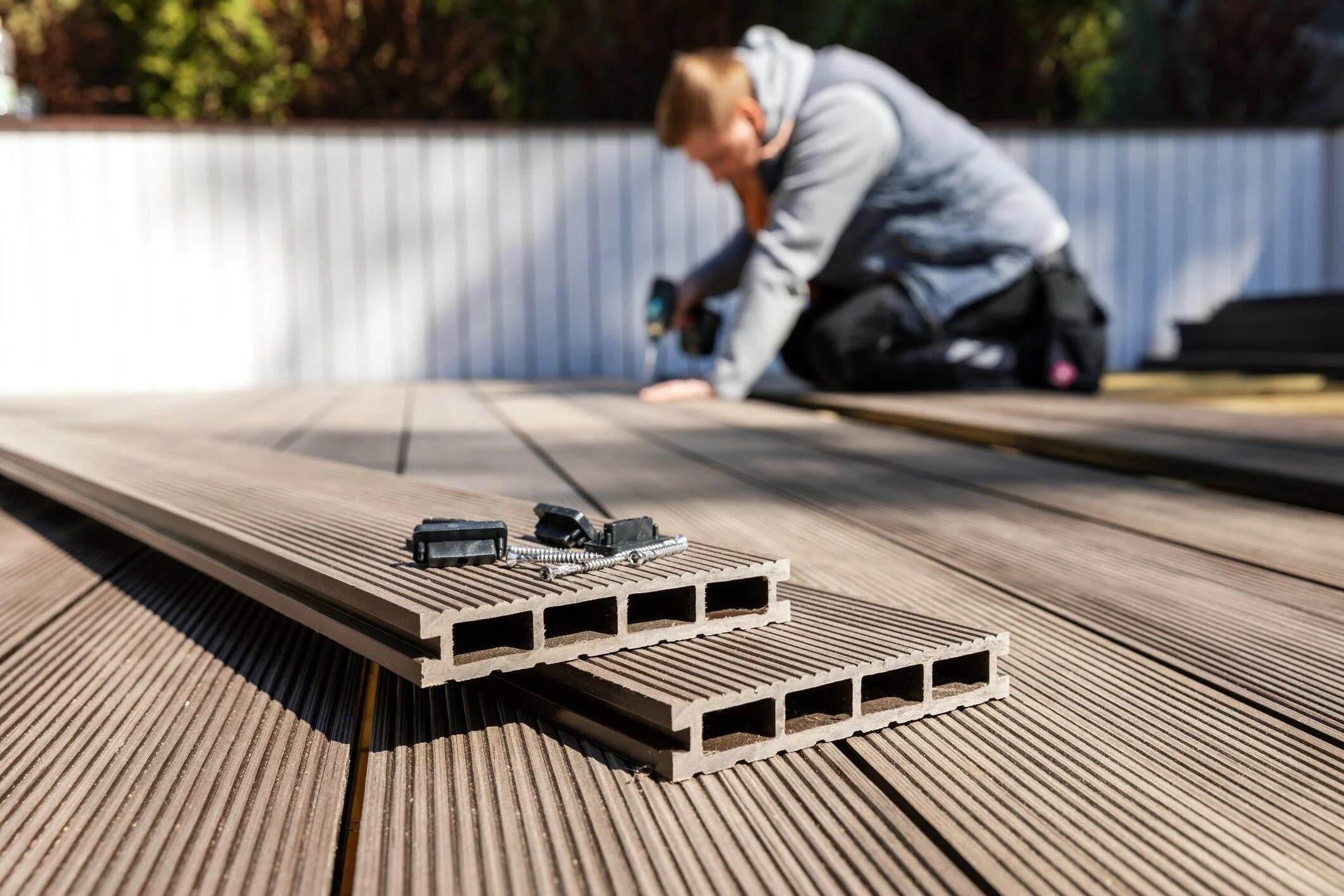
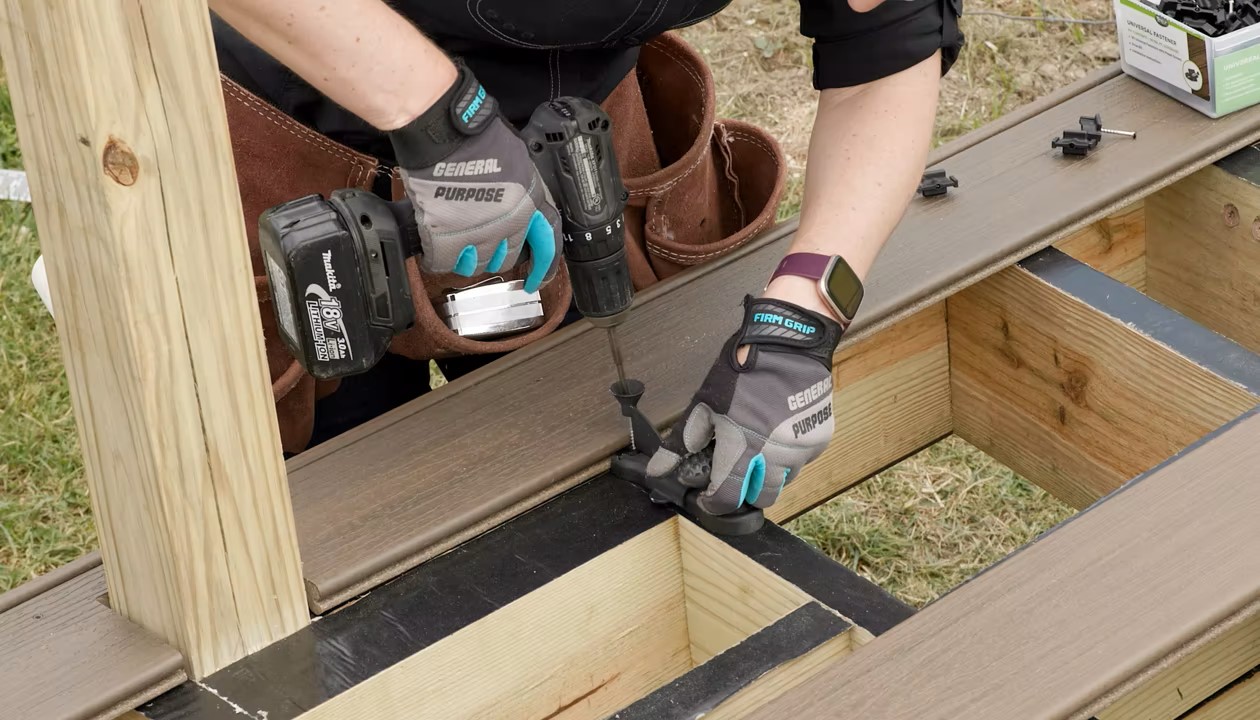
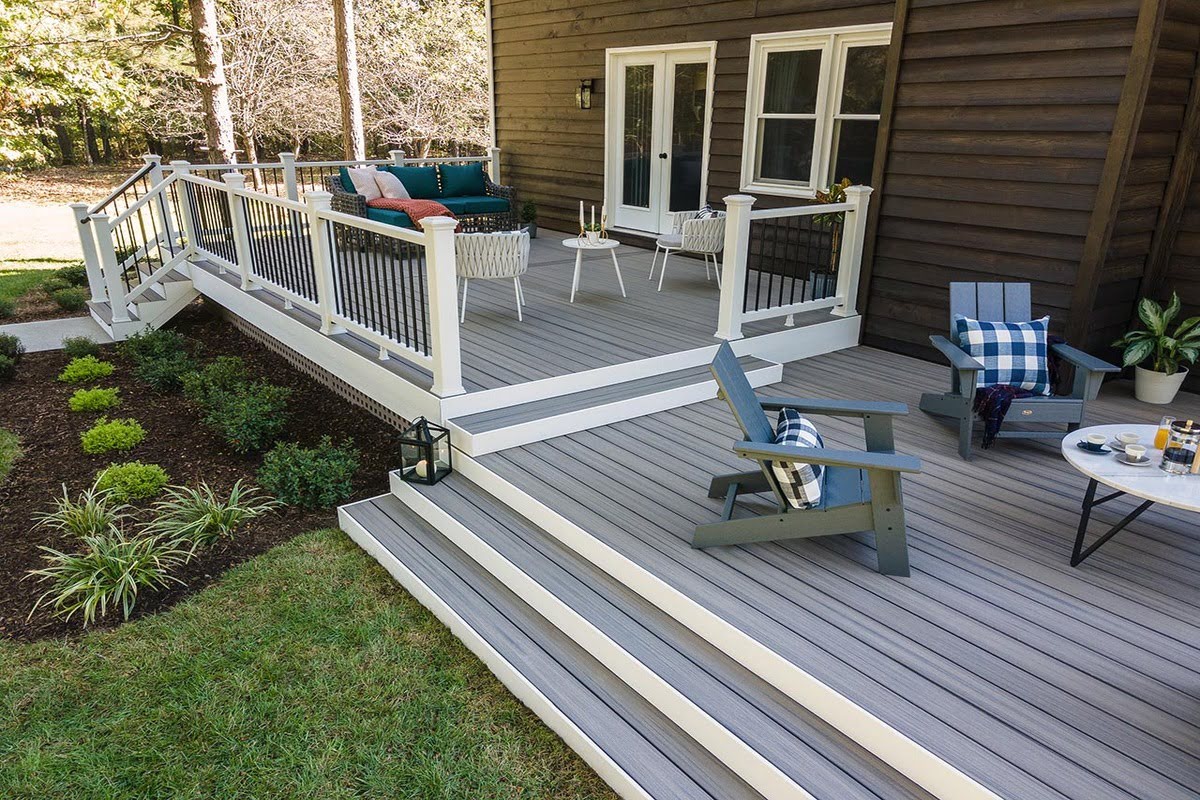
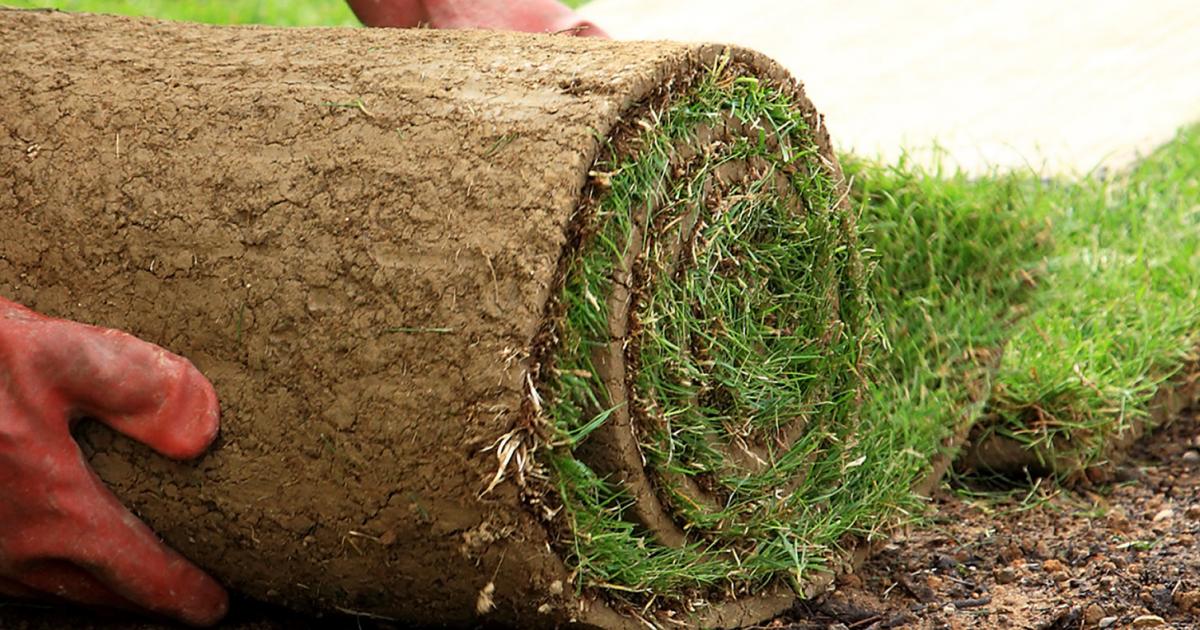
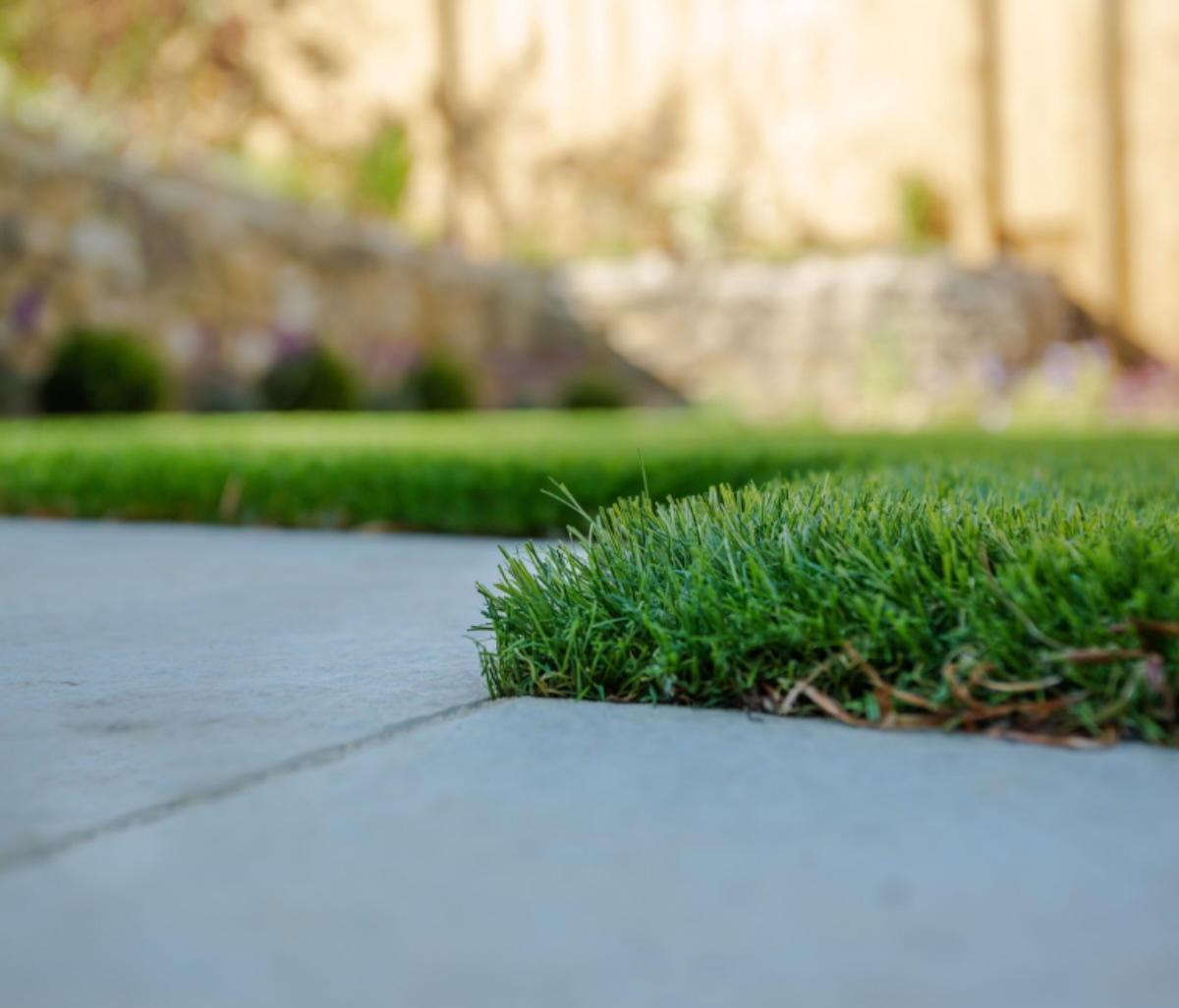
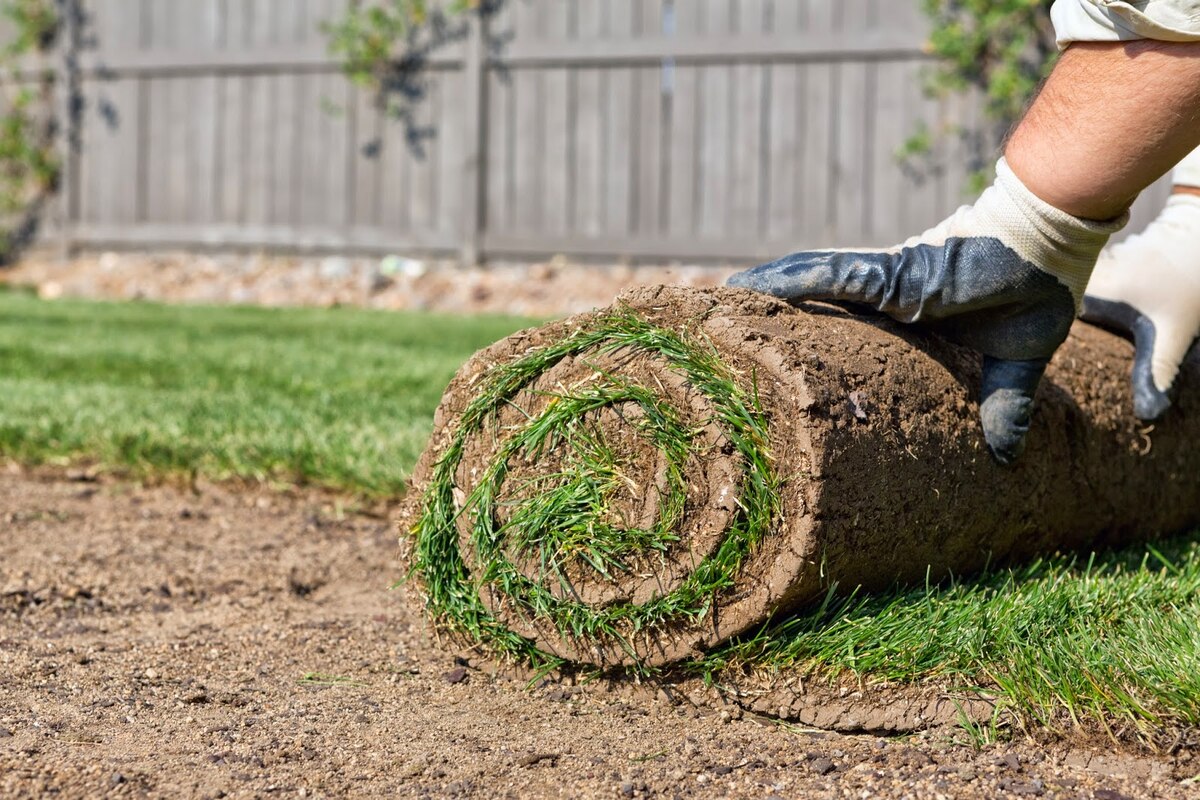

0 thoughts on “How To Lay Fake Grass On Decking”